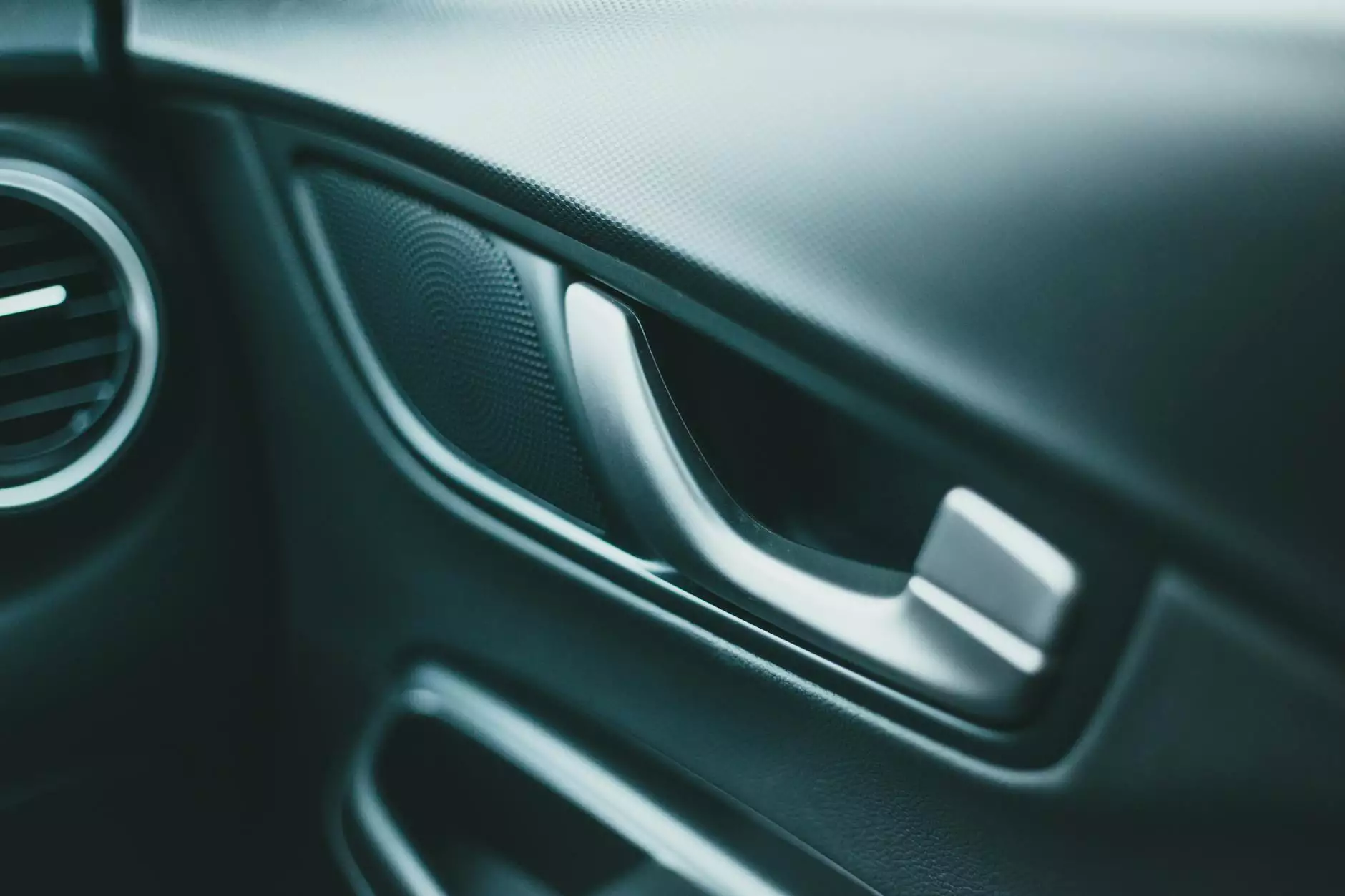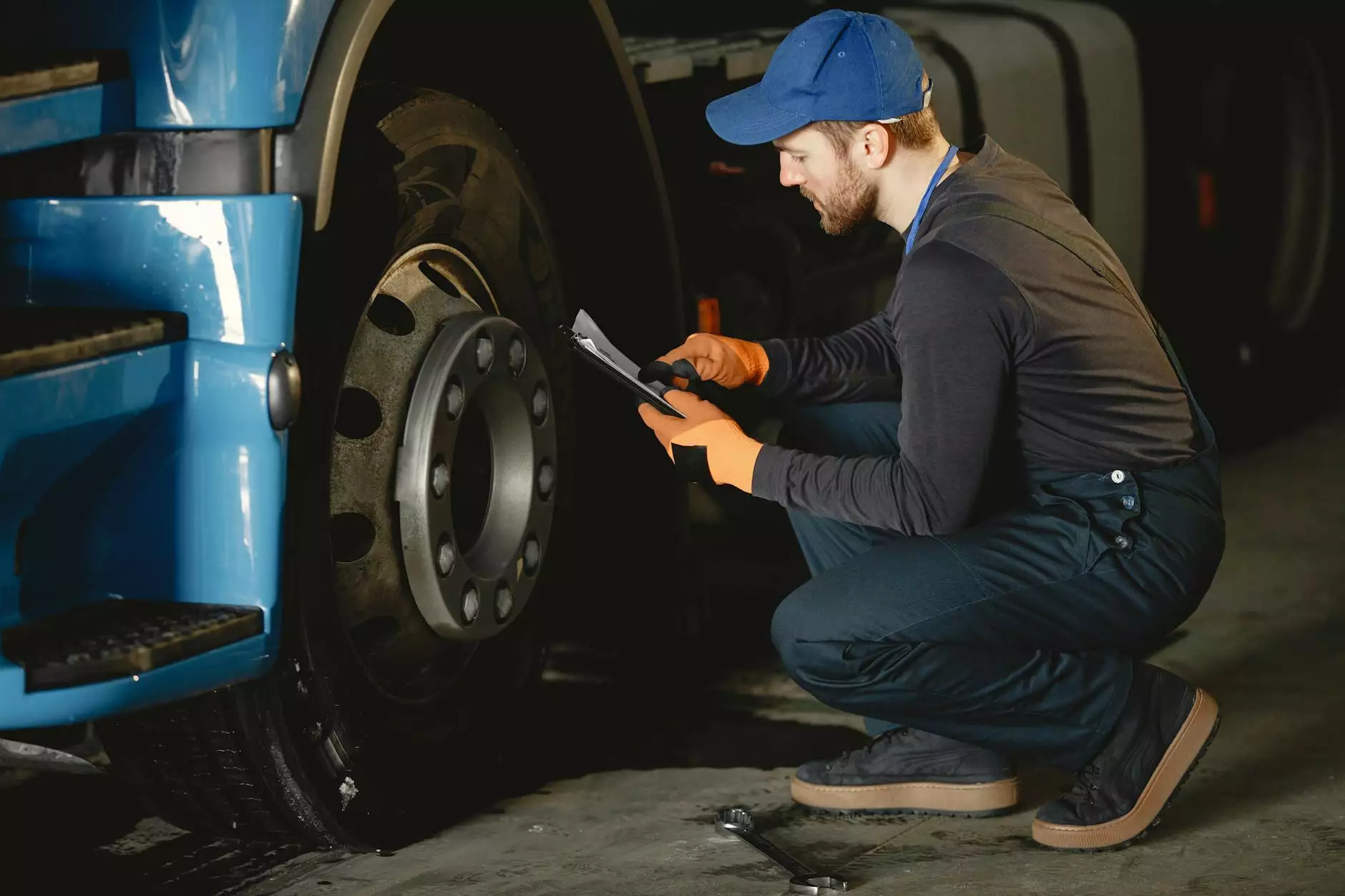Draining Oil Out of Your Engine | Engine Problem

Welcome to Grafco Electric, your go-to resource for all things related to engine maintenance and repair. In this comprehensive guide, we will walk you through the process of draining oil out of your engine to solve engine problems effectively. Whether you're a novice or an experienced DIY enthusiast, our step-by-step instructions, accompanied by useful tips, will ensure a successful oil changing process.
Why Draining Oil is Important
Before diving into the process, let's understand why draining oil is crucial for maintaining a healthy engine. Over time, engine oil accumulates impurities, such as dirt, metal particles, and combustion by-products. These contaminants can negatively impact engine performance, leading to various engine problems. Regularly draining and replacing engine oil is essential for preventing build-up, improving lubrication, and preserving the longevity of your engine.
Step-by-Step Guide to Draining Oil
Step 1: Gather the Necessary Tools
Before starting, make sure you have the following tools:
- Oil drain pan or container
- Socket wrench and appropriate socket
- Oil filter wrench
- New oil filter
- New engine oil
- Oil filter drain pan
- Gloves
- Safety goggles
Step 2: Prepare Your Vehicle
Park your vehicle on level ground and engage the parking brake. Ensure the engine has cooled down completely to avoid burns. It's also recommended to work in a well-ventilated area to prevent inhaling harmful fumes.
Step 3: Locate the Oil Drain Plug
Crawl underneath your vehicle and locate the oil drain plug, typically found on the bottom side of the engine. Refer to your vehicle's manual if you're unsure about its exact location.
Step 4: Position the Oil Drain Pan
Place the oil drain pan directly beneath the oil drain plug to catch the old oil. Ensure it can hold the entire volume of oil in your engine.
Step 5: Loosen the Oil Drain Plug
Using a socket wrench and the appropriate socket, loosen the oil drain plug in a counterclockwise direction. Be prepared for oil to start flowing as soon as the plug is completely removed. Slowly unscrew the plug by hand while keeping a firm grip to prevent it from falling into the drain pan.
Step 6: Remove the Oil Filter
Locate the oil filter, which is usually located near the oil drain plug. Carefully place the oil filter drain pan beneath the filter to catch any residual oil. Use an oil filter wrench to loosen and remove the old filter. Allow any remaining oil to drain completely.
Step 7: Install the New Oil Filter
Apply a thin layer of new oil to the rubber gasket of the new oil filter. This will help create a proper seal. Screw the new oil filter into place, ensuring it is tightened according to the filter manufacturer's instructions.
Step 8: Drain the Old Oil
Once all the old oil has drained from the engine, reinstall the oil drain plug securely. Make sure it's tightened correctly to prevent leaks. Be cautious not to over-tighten, as it may damage the threads.
Step 9: Add Fresh Engine Oil
Locate the oil filler cap on top of the engine and remove it. Pour the recommended amount of new engine oil into the engine using a funnel. Check your vehicle's manual for the specific oil type and quantity required.
Step 10: Verify Oil Level and Start the Engine
After adding the new oil, check the oil level using the dipstick. The oil level should fall within the recommended range. If necessary, add more oil to achieve the correct level. Once satisfied, start your engine and let it idle for a few minutes. Check for any leaks and ensure the oil pressure is within normal range.
Conclusion
Congratulations! You've successfully drained oil out of your engine, solving engine problems and preventing potential damage. Regular oil changes are essential for maintaining the health and performance of your engine. If you encounter any difficulties or have further questions, don't hesitate to reach out to Grafco Electric, your trusted engine maintenance experts.
Remember, proper engine maintenance leads to improved reliability, reduced repairs, and increased longevity. Stay tuned for more valuable guides and resources from Grafco Electric. Happy driving!




